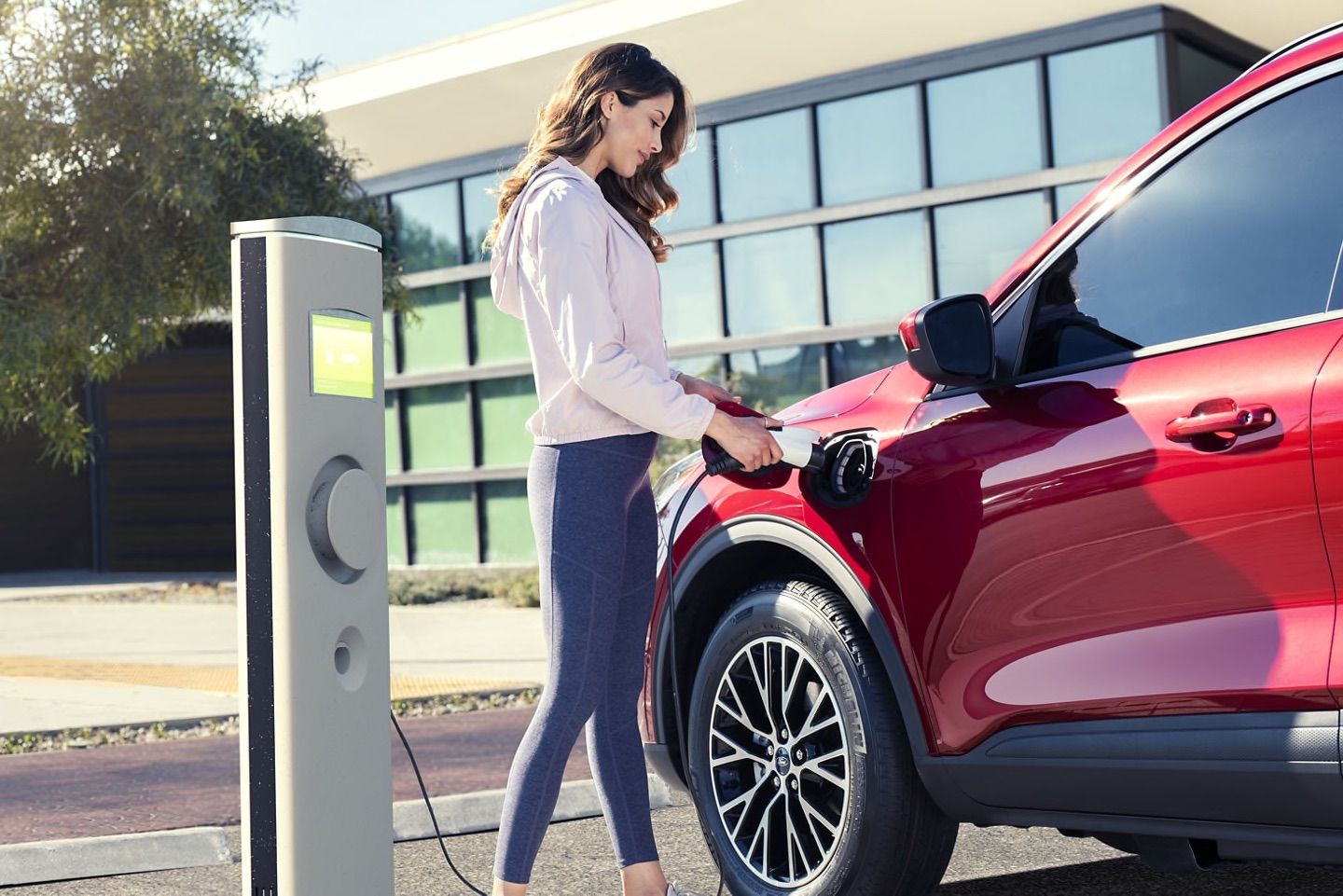Hybrid and hybrid plug-in vehicles are environmentally friendly and provide financial benefits such as more mileage with fewer trips to the gas station and less maintenance over the years. However, what exactly is the difference between a hybrid and a plug-in hybrid vehicle?
What is a Hybrid Vehicle?
A hybrid vehicle is powered simultaneously by a gasoline engine and an electric motor. The motor and engine work together to help improve fuel economy ratings. These vehicles are often called self-charging hybrids because the battery charges itself through the engine’s gasoline use.
Advantages
- Higher mileage and lower fuel costs
- Smaller environmental impact with cleaner energy
- No need to plug in your vehicle to an external charging station to see increased milage benefits
What is a Plug-in Hybrid Vehicle?
Plug-in hybrid vehicles (PHEV) use both an electric and gasoline engine, working differently. The plug-in hybrid can be used with both the engine and the electric motor separately. The plug-in hybrid’s battery powers the electric motor. While driving, the plug-in hybrid won’t tap into your gas tank until the battery is running low or dead; using your fuel powertrain only as a backup. To recharge the battery, you must use an electric plug-in charger at your house or charging station.
Advantages
- Hybrid, plug-in vehicles provide drivers the benefit of cheaper journeys with lower fuel costs
- Convenience to choose between an electric and fuel-powered range
- A fuel-powered engine kicks in automatically if the battery is low
- Economically friendly and no harmful gas release




